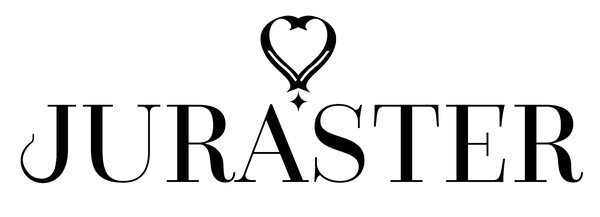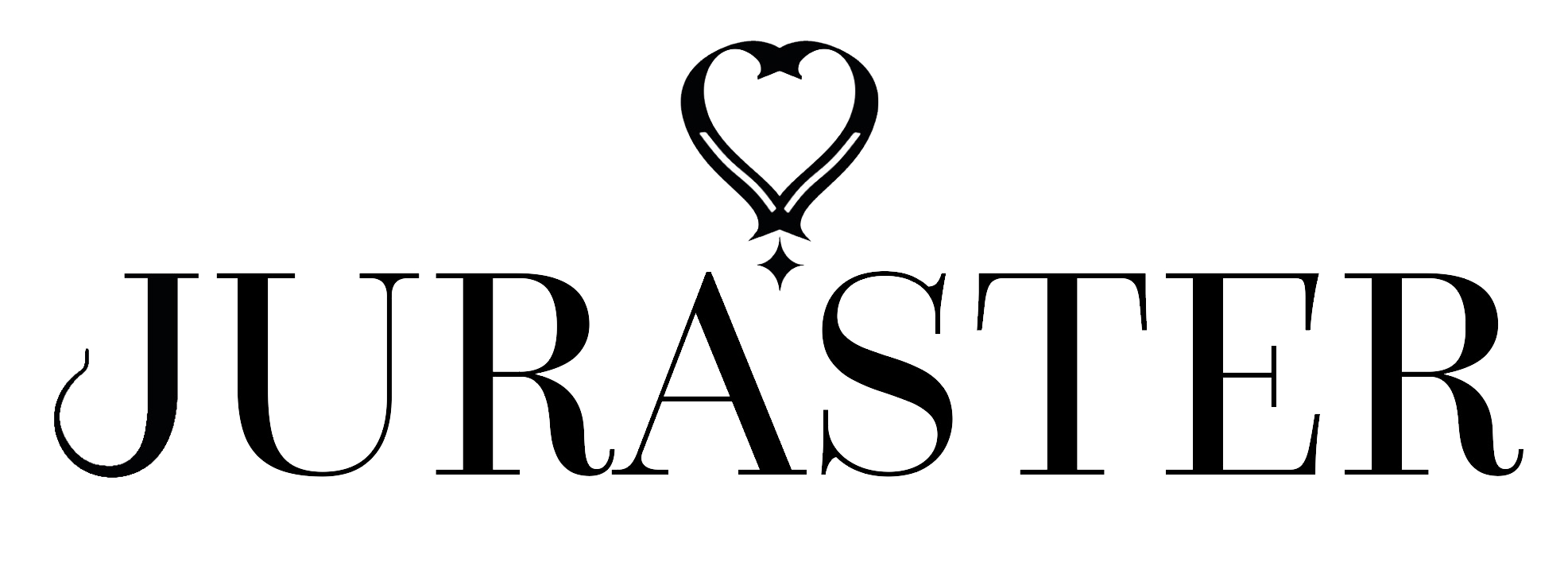Inside the Jewel Vault with Wim Vertriest
Listen Now
|
Wim Vertriest
|
Type 2 diamond rough (source:Petra Diamonds)
|
Wim's GIA field sample of Ethiopian emerald |
|
Grandidierite from Madagascar
|
Kaleidoscope by Derek Katzenbach |
Spinning Top by Derek Katzenbach |
|
Mandalay Jade Market |
Wim holds the breathtaking Pailin ruby |
|












